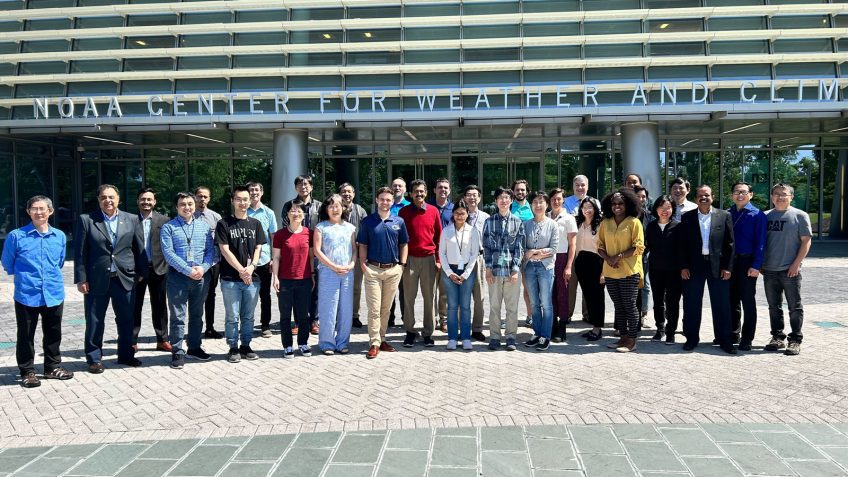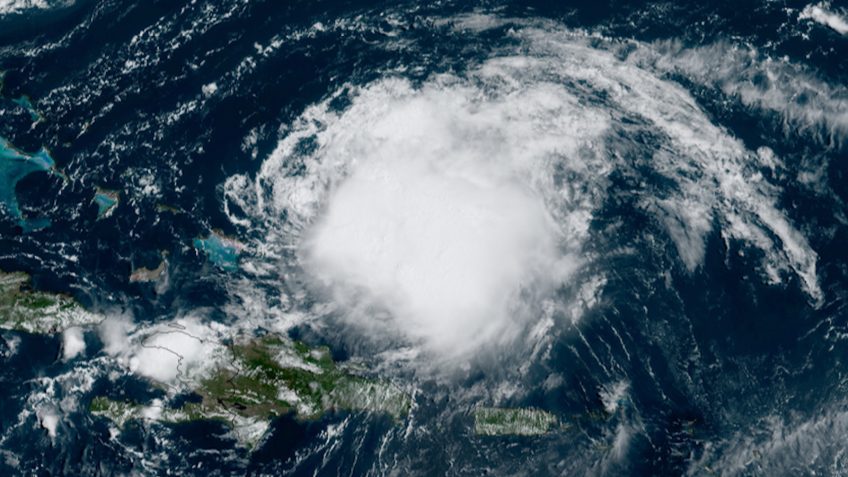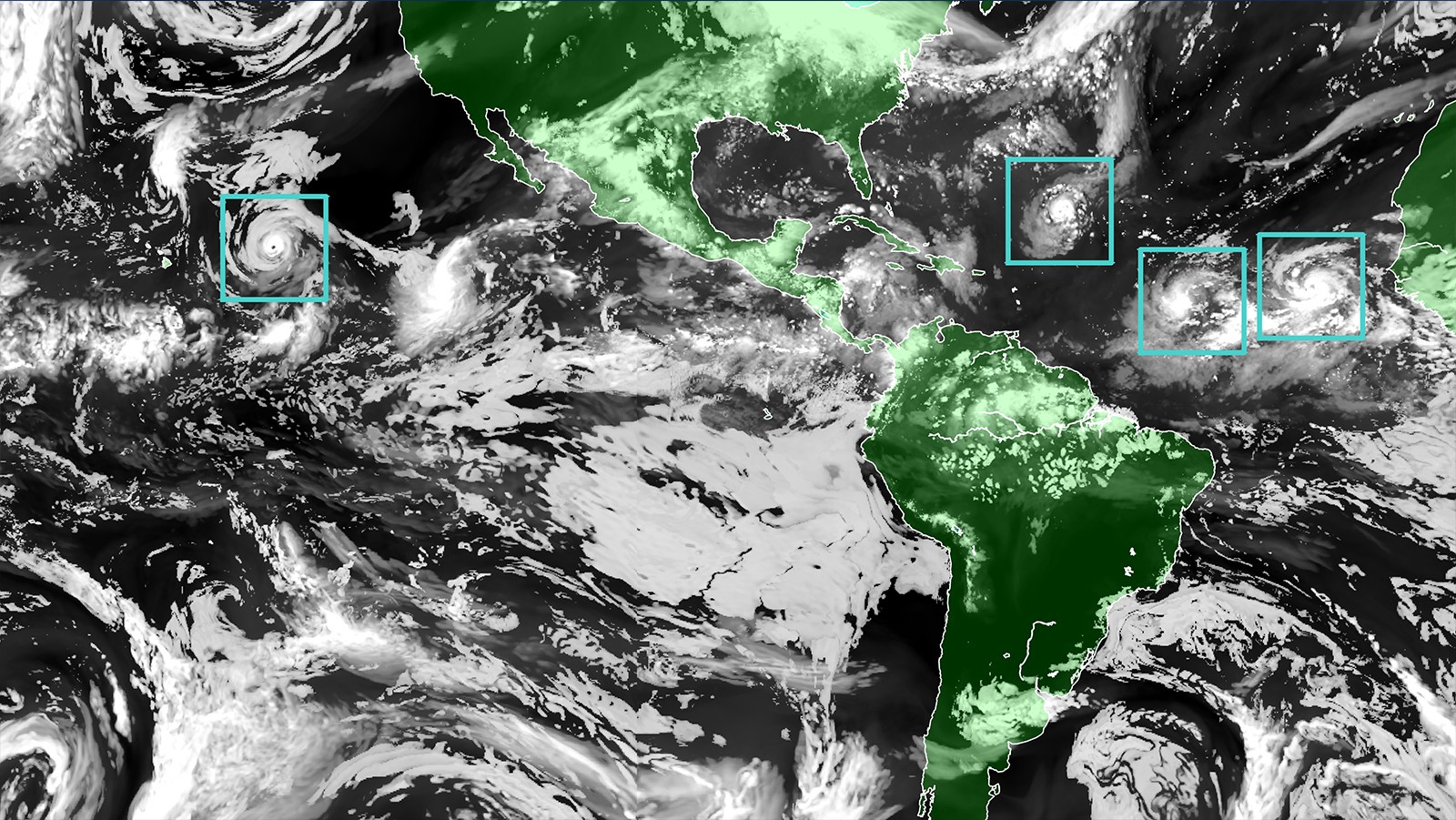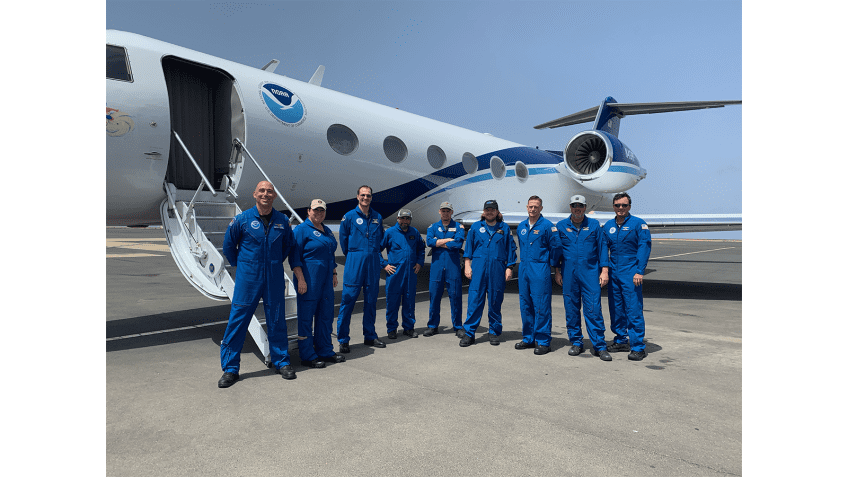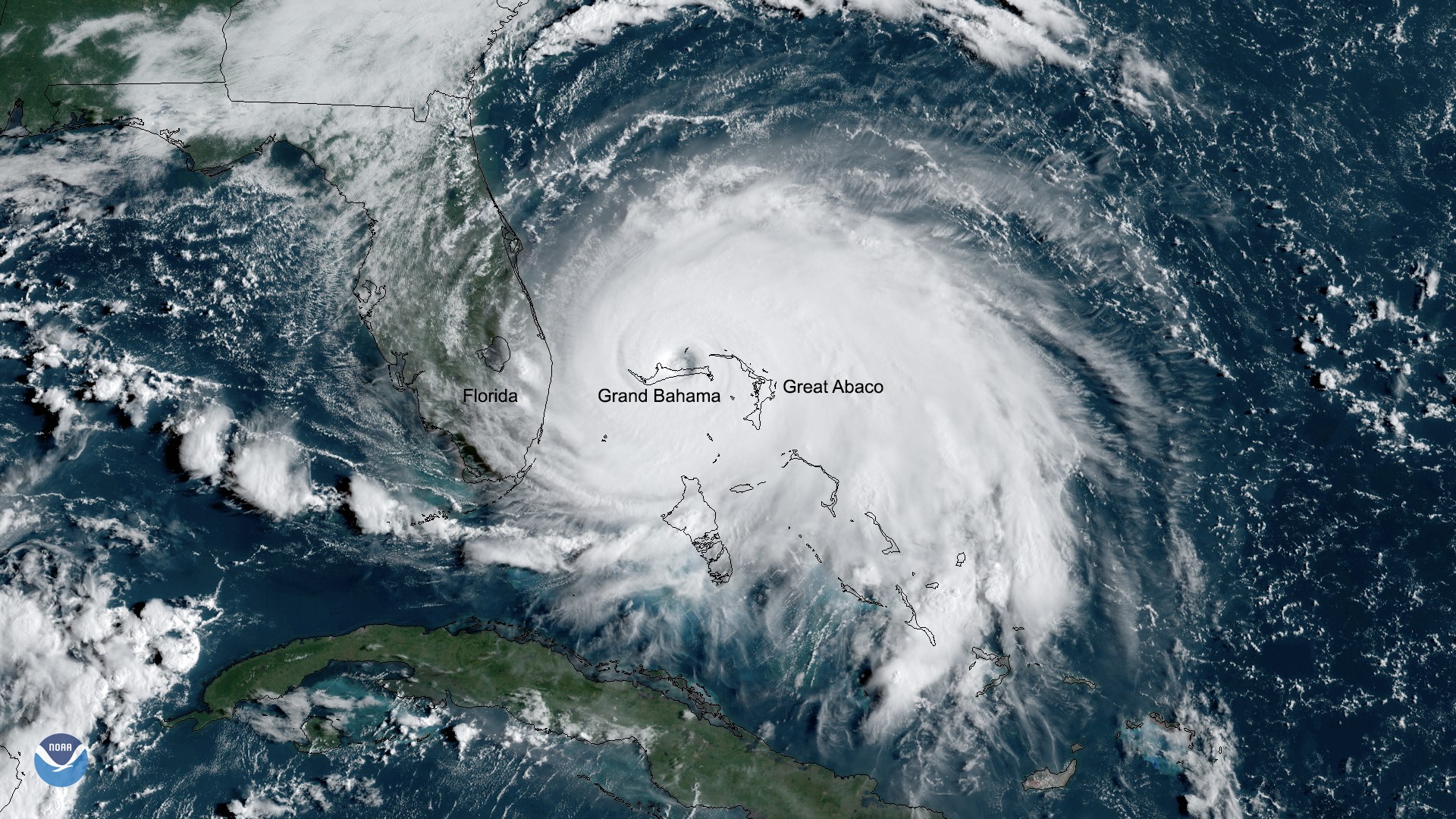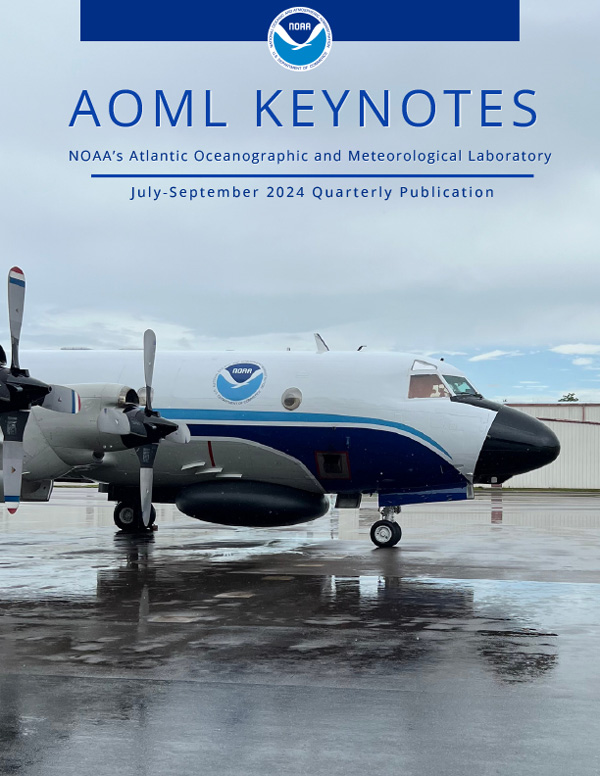New NOAA system ushers in next generation of hurricane modeling, forecasting
Originally published on noaa.gov on January 13th, 2025. Accurate forecasts and early warnings from NOAA’s National Hurricane Center (NHC) — a division of NOAA’s National Weather Service (NWS) — are vital to safeguarding communities that are in the paths of hurricanes and tropical storms. As we kick off the new year, now is the perfect time to look back […]
Equipping the next generation of hurricane model scientists
In May 2024, representatives from the Hurricane Modeling Team at NOAA’s Atlantic Oceanographic & Meteorological Laboratory (AOML) hosted a Summer Colloquium focused on equipping the next generation of hurricane scientists with a knowledge base of the HAFS model.
Unveiling the innovative advancements in hurricane modeling
With an active hurricane season on the horizon, the need for reliable hurricane forecasting is at the forefront of our minds. Heightened sea surface temperatures, weakened vertical wind shear, and an enhanced West African monsoon are expected to contribute to the development of tropical cyclones in the Atlantic. To predict these developing storms, meteorologists employ models that rely on current observations and mathematical calculations to predict a storm’s behavior and track. These models are complex and utilize inputs from a variety of sources including historic, numeric, oceanic, and atmospheric data to generate their predictions.
The Future of Hurricane Forecasting: Hurricane Analysis and Forecast System
AOML’s Hurricane Modeling Group was founded in 2007 to advance hurricane forecast models through development and targeted research. From inception, the team has worked to improve NOAA’s hurricane modeling systems; first with the legacy Hurricane Weather Research Forecast (HWRF) model, and now with its transition to the next generation model, Hurricane Analysis and Forecast System (HAFS).
NOAA Deploys Drones in the Ocean and Atmosphere to Advance Hurricane Forecasting
NOAA and partners are improving hurricane forecasting by harnessing the power of new technologies and working to coordinate these technologies to predict hurricane track, intensity, and rapid intensification.
Five ways NOAA’s research improves hurricane forecasts
Researchers at NOAA seek new techniques to advance hurricane forecasts to better protect life and property. In preparation for the upcoming 2023 hurricane season, which begins June 1, scientists are accelerating the use of small uncrewed aircraft technologies and the collocation of observational ocean assets, among other advancements. Here are five ways that NOAA researchers are improving hurricane track and intensity forecasts:
How do weak, misaligned tropical cyclones evolve towards alignment? A multi-case study using the Hurricane Analysis and Forecast System
The ability to predict whether and when a tropical cyclone will become vertically aligned is critical for intensity change forecasts, as storms can intensify quickly after achieving an aligned structure. A recent study from researchers at NOAA’s Atlantic Oceanographic and Meteorological Laboratory and the University of Miami’s Cooperative Institute for Marine and Atmospheric Studies shows how weak, disorganized tropical cyclones containing different center locations with height, called misalignment, can develop a vertically aligned structure. This study works to improve forecasts of when this alignment might occur by identifying key times of the day and other tropical cyclone characteristics when alignment is likely.
Analyzing Hurricane Dorian Track Forecast Uncertainties
A new study from scientists at NOAA’s Atlantic Oceanographic & Meteorological Laboratory (AOML) and the University of Miami’s Cooperative Institute of Marine & Atmospheric Studies (CIMAS) investigates Hurricane Dorian’s track forecast uncertainties.

